
Native Seed Exchange
Welcome to the Rumson EC Native Seed Exchange. We are proudly collaborating with the Oceanic Free Library (OFL) to bring native seeds to our community. Please visit the OFL at 109 Avenue of the Two Rivers to pick up your free seeds. We hope that you love watching your native plants grow, blossom, and attract pollinators as much as we do. They are not just beautiful; these plants are hard at work helping to strengthen our ecosystem.
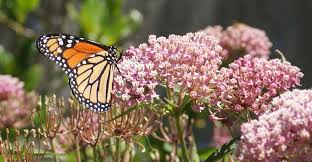 Native plants are uniquely adapted to a specific region’s climate, soil type, and growing conditions which provide multiple benefits to our environment. They help maintain healthy soil, cleaner water, and support more resilient landscapes. These plants have evolved to survive in the local conditions and are more disease resistant, cold-hardy, drought-tolerant and are often naturally deer resistant. The hardiness of native plants mean that they require less intervention to maintain; less fertilizer, less pesticides, less water, less maintenance and they protect against erosion. The reduction in necessary chemicals means less pollutants enter our waterways keeping our rivers and oceans cleaner. Moreover, native plants are actually better at filtering the stormwater that flows over the surface into our rivers and oceans and recharges our aquifers with cleaner water.
Native plants are uniquely adapted to a specific region’s climate, soil type, and growing conditions which provide multiple benefits to our environment. They help maintain healthy soil, cleaner water, and support more resilient landscapes. These plants have evolved to survive in the local conditions and are more disease resistant, cold-hardy, drought-tolerant and are often naturally deer resistant. The hardiness of native plants mean that they require less intervention to maintain; less fertilizer, less pesticides, less water, less maintenance and they protect against erosion. The reduction in necessary chemicals means less pollutants enter our waterways keeping our rivers and oceans cleaner. Moreover, native plants are actually better at filtering the stormwater that flows over the surface into our rivers and oceans and recharges our aquifers with cleaner water.
 As you can see from this image, the root structure of a native plants can be anywhere from three to five times deeper than their non-native cousins. Unlike the less robust root structure of turf or many non-natives, these deep roots not only out-compete weeds and invasives, but they actually filter the water as it moves through the soil removing pollutants before they enter groundwater sources. Because deeper roots help bind the vulnerable topsoil and subsoil together, a strong root structure is more effective in preventing erosion.
As you can see from this image, the root structure of a native plants can be anywhere from three to five times deeper than their non-native cousins. Unlike the less robust root structure of turf or many non-natives, these deep roots not only out-compete weeds and invasives, but they actually filter the water as it moves through the soil removing pollutants before they enter groundwater sources. Because deeper roots help bind the vulnerable topsoil and subsoil together, a strong root structure is more effective in preventing erosion.
Local wildlife depends on native plants. They are the ecological basis upon which life depends, including birds and people. Without them and the insects that co-evolved with them, local wildlife cannot thrive. For example, research by the entomologist Doug Tallamy has shown that native oak trees support over 500 species of caterpillars whereas ginkgo, a commonly planted landscape tree from Asia, host only five species of caterpillars. When it takes over 6,000 caterpillars to raise one brood of chickadees, that is a significant difference.
 Many developed areas remove the native groundcover, shrubs and trees and replace them with non-native species and turf which significantly undermines the health and balance of our ecosystem. Exotic plants and non-natives may offer a nectar source, but in many cases their leaves, fruits, pollen and nectar do not provide adequate nutrition, cover or breeding grounds necessary for local wildlife to thrive. Gardens that mostly feature non-native species of plants are often of little benefit to wildlife. The lack of proper habitat and food sources for native birds and insects is one factor in the decline of many of these species in the United States.
Many developed areas remove the native groundcover, shrubs and trees and replace them with non-native species and turf which significantly undermines the health and balance of our ecosystem. Exotic plants and non-natives may offer a nectar source, but in many cases their leaves, fruits, pollen and nectar do not provide adequate nutrition, cover or breeding grounds necessary for local wildlife to thrive. Gardens that mostly feature non-native species of plants are often of little benefit to wildlife. The lack of proper habitat and food sources for native birds and insects is one factor in the decline of many of these species in the United States.
By planting and nurturing these seeds to maturity, you are helping to restore the balance to our local ecosystem. Please find more information on native seeds at https://www.prairiemoon.com/seeds/ and specific planting and growing instructions for your native seeds can be found below.
EASTERN PURPLE CONEFLOWER (Echinacea purpurea)
 Click here to learn more...
Click here to learn more...
Zones: Zones 3 through 9.
Height/Spread: 4 feet tall and 1-1/2 to 2 feet wide.
Exposure: Full, Partial Sun
Soil: Clay, Loam, Sand
Plant Spacing: 12” – 36”
Watering: Tolerant of drought, but does best in average, dry to medium moisture. Water regularly, but let soil dry out in between. Coneflowers need at least an inch of water weekly.
Bloom time: July, August, September
Flower color: Purple
When to plant: Sow seeds in spring or fall.
Benefits: Birds, Butterflies, Pollinators, Hummingbirds, Deer Resistant
PURPLE PRAIRIE CLOVER (Dalea purpurea)
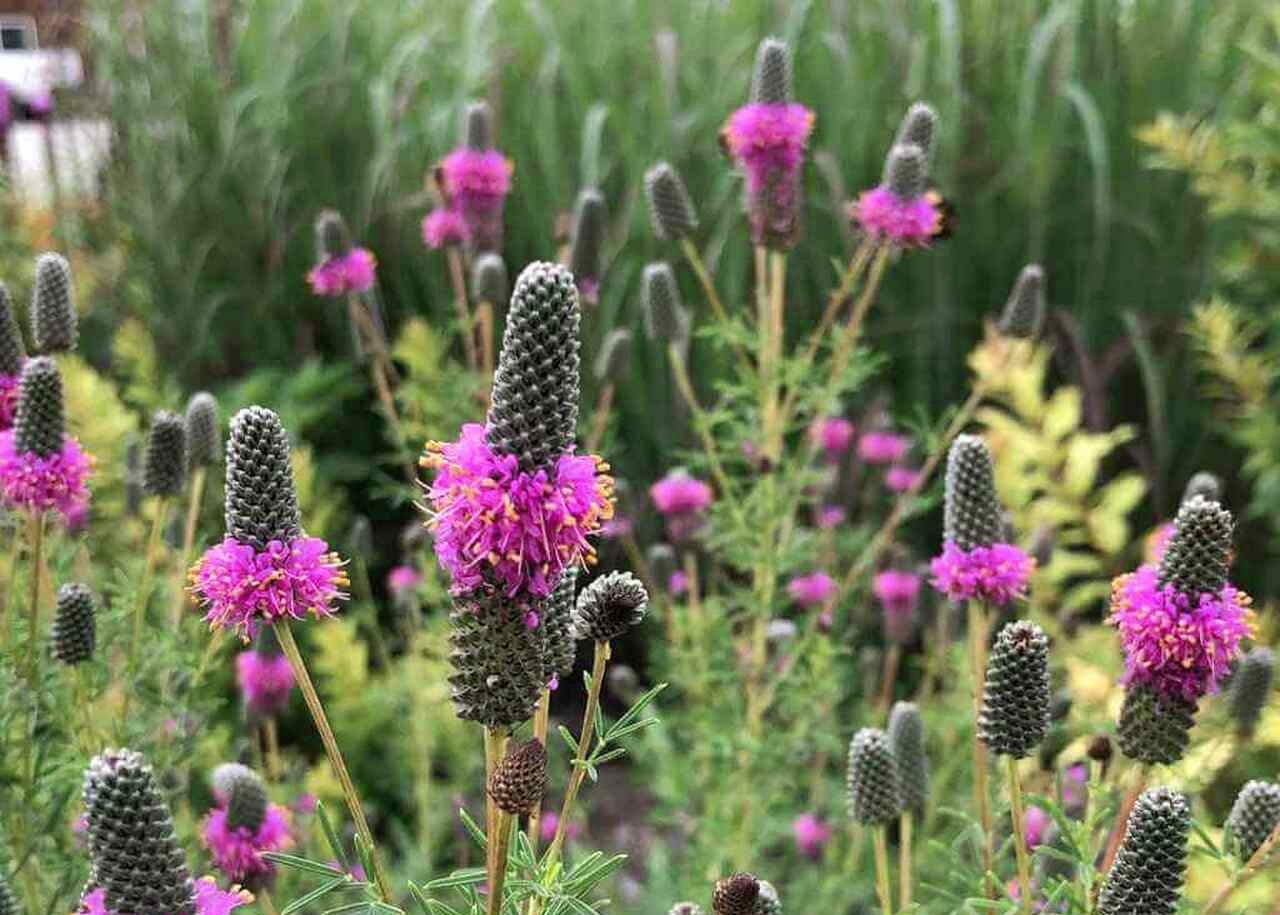 Click here to learn more...
Click here to learn more...
Zones: Range from Zones 3 through 9.
Height/Spread: 2 feet tall and 1-1/2 to 2 feet wide.
Exposure: Full, Partial Sun
Soil: Medium, Medium-Dry, Dry, well-drained soil.
Plant Spacing: 18” – 24”
Watering: Tolerant of drought. Keep soil moist until germination.
Bloom time: July, August, September
Flower color: Purple
When to plant: Sow seeds in spring or fall.
Benefits: Birds, Butterflies, Pollinators, Hummingbirds, Deer Resistant
NEW JERSEY TEA (Ceanothus amerucanus)
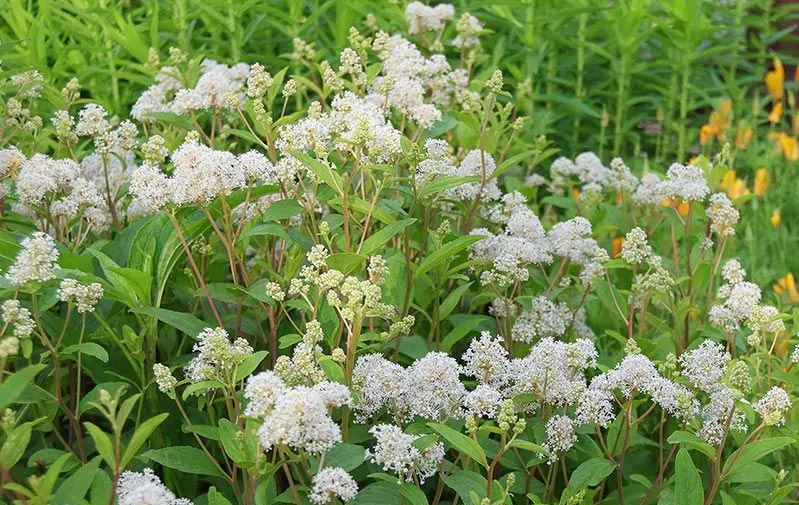 Click here to learn more...
Click here to learn more...
Zones: Range from Zones 3 through 9.
Height/Spread: 2 ‘ – 3’
Exposure: Full, Partial Sun
Soil: Loam, Sand
Plant Spacing: 3’
Watering: Tolerant of drought. Dry, Medium.
Bloom time: July, August, September
Flower color: White
When to plant: Sow seeds in spring or fall.
Benefits: Butterflies, Pollinators, Hummingbirds, Host Plant, Deer Resistant
BUTTERFLY WEED (Asclepias tuberosa)
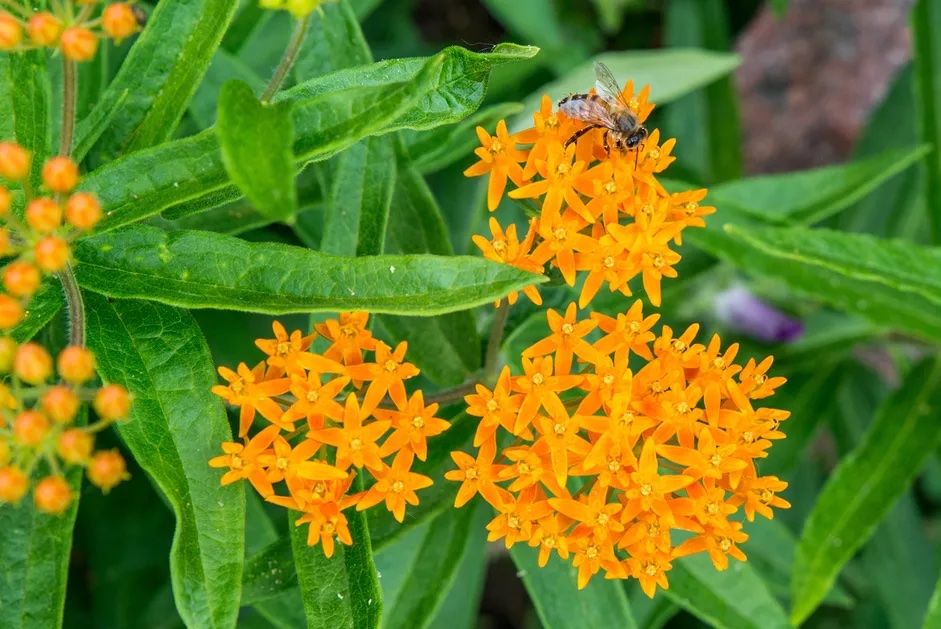 Click here to learn more...
Click here to learn more...
Zones: Range from Zones 3 through 9.
Height: 1’ - 2 ‘
Exposure: Full
Soil: Dry, Well drained
Plant Spacing: 3’
Watering: Tolerant of drought. Dry, Medium.
Bloom time: Summer
Flower color: Orange, yellow
When to plant: Sow seeds in spring or fall.
Benefits: Butterflies, Pollinators, Hummingbirds, Host Plant, Deer Resistant
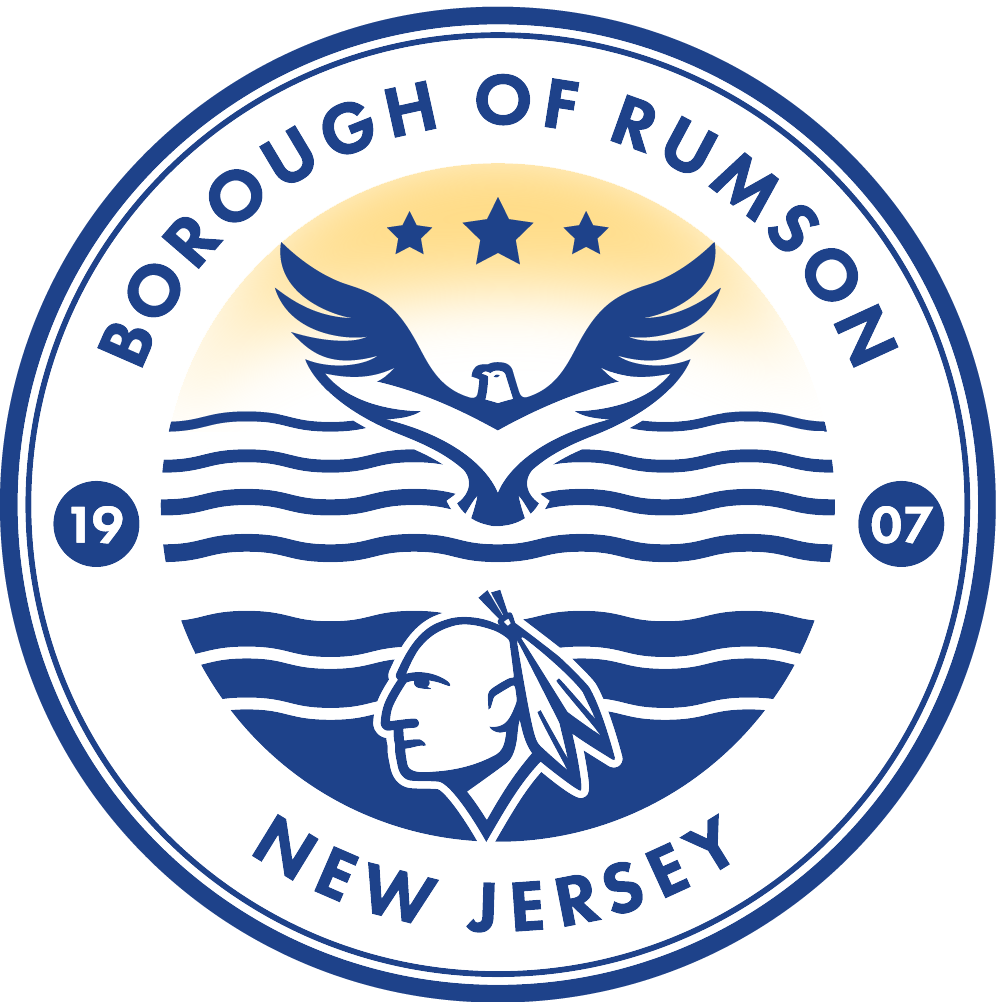








 Rumson NJ 07760
Rumson NJ 07760